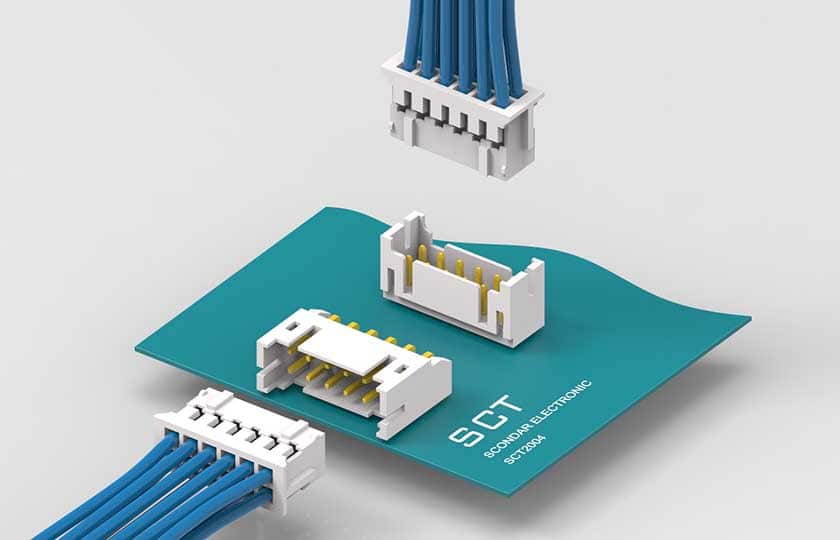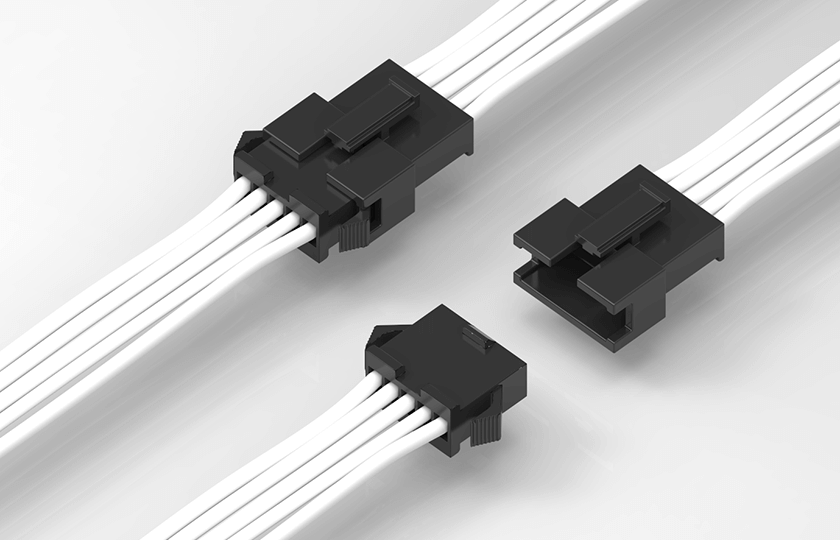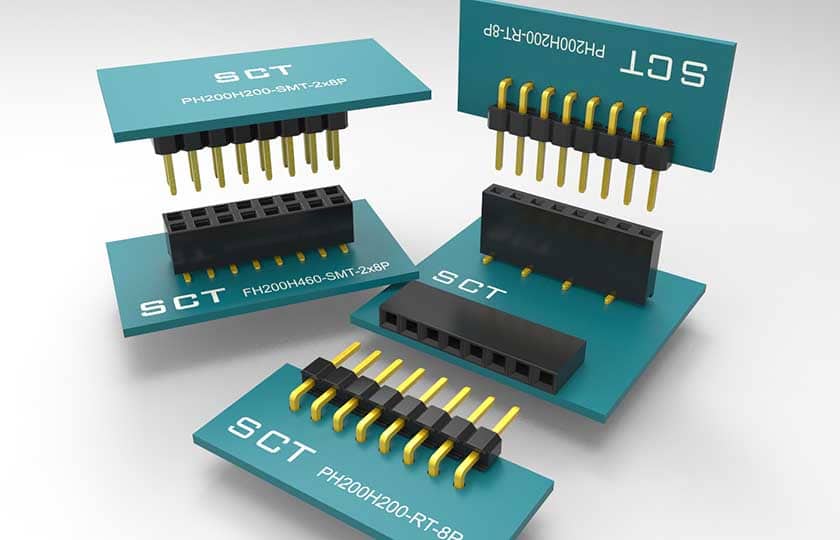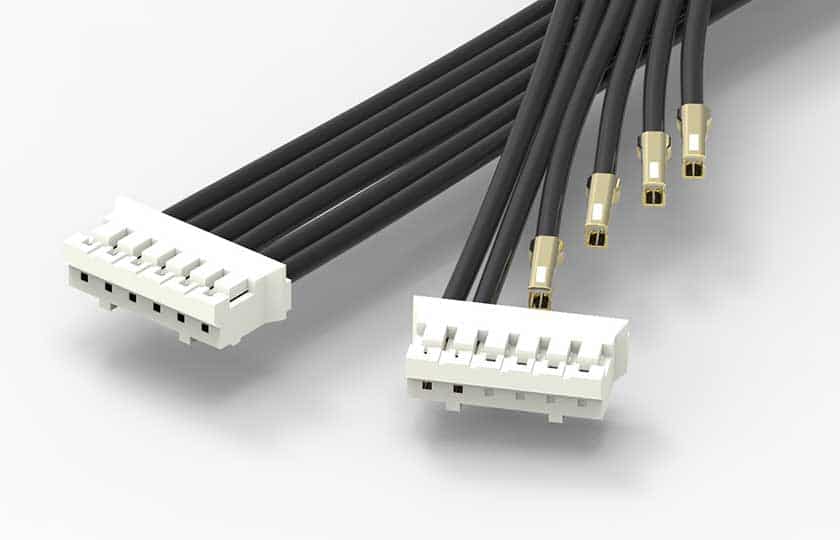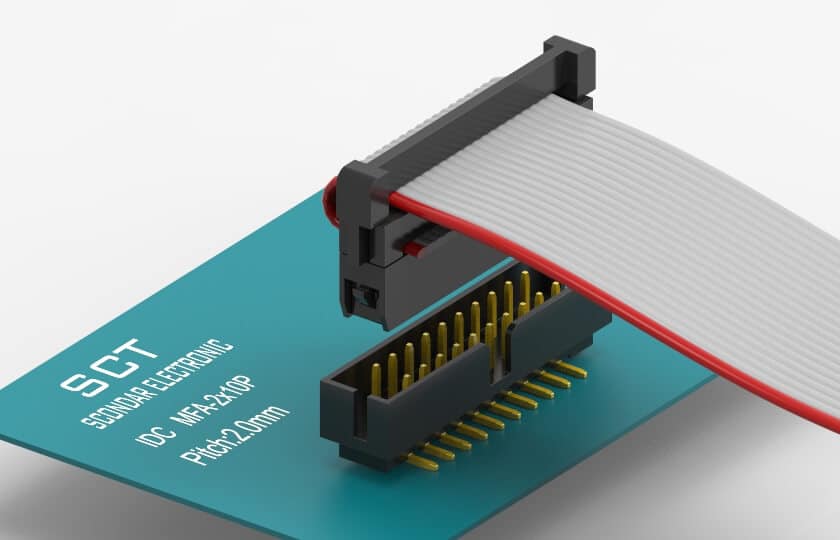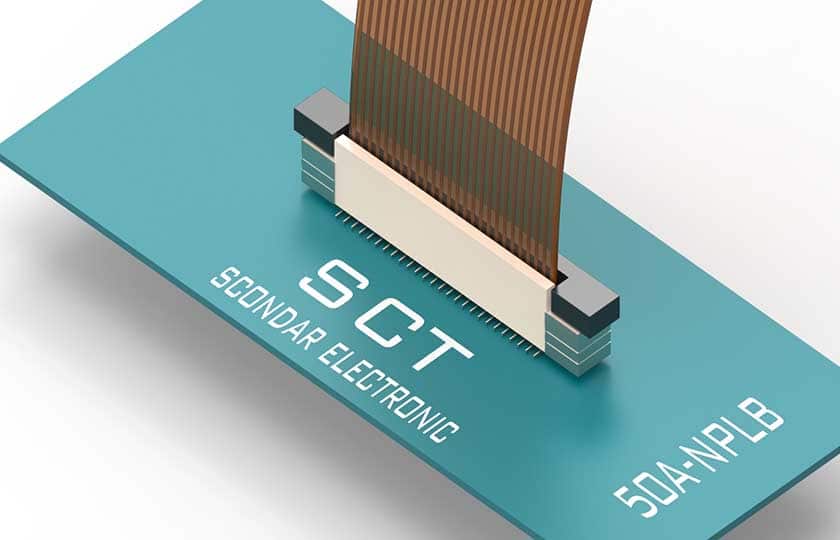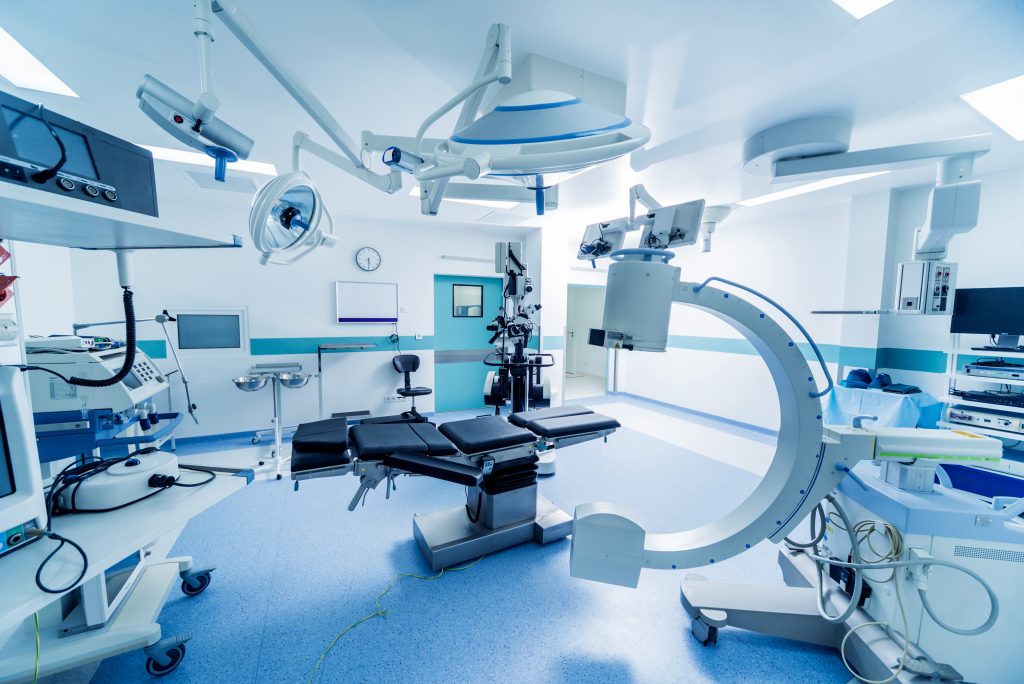
Introduction
Advancements in Medical Electronics: Shaping the Future of Healthcare
In the realm of healthcare, the integration of electronics has revolutionized medical practices, leading to more efficient diagnosis, treatment, and patient care. Medical electronics encompass a wide array of electronic devices and systems tailored to address various aspects of healthcare needs. From imaging devices to diagnostic tools, therapeutic equipment, and remote monitoring systems, medical electronics play a pivotal role in enhancing healthcare outcomes and patient experiences.
A Multifaceted Approach to Healthcare:
1. Medical Imaging Devices: Cutting-edge technologies such as X-ray, CT scans, MRI, and ultrasound have revolutionized diagnostic imaging, enabling healthcare professionals to visualize internal structures with unparalleled detail and accuracy.
2. Diagnostic Tools: Devices like electrocardiograms (ECG), blood pressure monitors, and glucose monitoring systems provide critical insights into patients’ physiological parameters, facilitating early detection and management of diseases.
3. Therapeutic Equipment: Advanced therapeutic devices, including electrical stimulation therapy and laser therapy systems, offer effective solutions for treating various medical conditions, from chronic pain management to wound healing.
4. Life Support Systems: Vital medical electronics like ventilators and pacemakers provide life-sustaining support for patients in critical conditions, ensuring their physiological functions remain stable and supported.
5. Monitoring Systems: Patient monitoring devices, such as wearable health trackers and bedside monitors, enable continuous monitoring of vital signs, allowing healthcare providers to intervene promptly in case of abnormalities.
6. Laboratory Equipment: High-tech laboratory instruments like PCR machines and electrophoresis devices empower researchers and clinicians with the tools necessary for accurate diagnosis, prognosis, and treatment planning.
7. Remote Healthcare Solutions: With the advent of telemedicine and remote monitoring technologies, patients can now access healthcare services from the comfort of their homes. Remote monitoring devices and smart wearable gadgets enable real-time tracking of health metrics, promoting proactive healthcare management and early intervention.
Embracing Technological Innovations:
The landscape of medical electronics is continually evolving, driven by technological innovations and advancements. The convergence of digital health, artificial intelligence (AI), and the Internet of Things (IoT) is reshaping the way healthcare is delivered, with a focus on personalized, data-driven approaches to diagnosis and treatment.
Towards Personalized Healthcare:
The rise of personalized medicine, fueled by genetic profiling and health data analytics, promises tailored treatment regimens tailored to individual patients’ unique needs and genetic makeup. By harnessing the power of medical electronics, healthcare providers can deliver precision medicine interventions that optimize treatment outcomes and patient satisfaction.
Sustainability and Global Health Equity:
As the demand for medical electronics continues to grow, there is a pressing need for sustainable manufacturing practices and equitable access to healthcare technologies worldwide. Embracing eco-friendly materials and energy-efficient designs, while promoting global collaboration and knowledge sharing, will be instrumental in addressing healthcare disparities and improving health outcomes for all.
In conclusion, medical electronics represent the cornerstone of modern healthcare, empowering clinicians with cutting-edge tools and technologies to deliver superior patient care. By embracing innovation, personalization, and sustainability, the future of medical electronics holds tremendous promise in shaping a healthier and more equitable world for all.
The Crucial Role of Connectors and Cable Assemblies in the Evolving Landscape of Medical Electronics
In the dynamic realm of medical electronics, connectors and cable assemblies are poised to play pivotal roles, steering and amplifying the industry’s innovation and progress. Here’s an exploration of how connectors and cable assemblies are likely to contribute in the current trends:
1. Enabling Technological Innovation:
Connectors and cable assemblies form the backbone of medical electronics, necessitating adaptability to emerging technologies. As digital health, artificial intelligence (AI), the Internet of Things (IoT), and other technologies converge, these components will need enhanced flexibility and versatility to facilitate the technological innovation in medical electronics.
2. Facilitating Efficient Digitization and Networking:
In the digital and networked landscape of medical devices, connectors and cable assemblies play a critical role. They interconnect various sensors, control units, and communication modules, ensuring efficient data exchange and supporting internet connectivity and remote monitoring in medical devices.
3. Adapting to Miniaturization and High-Density Requirements:
The trend towards smaller, more portable medical devices demands connectors and cable assemblies to adapt to smaller and higher-density designs. Their precise layout and efficient connections in compact devices will be crucial for overall device performance.
4. Supporting High-Speed Data Transmission:
Certain medical devices, particularly medical imaging equipment, require fast and reliable data transmission. The design of connectors and cable assemblies must support high-speed data transfer to ensure swift flow of critical medical images and other data within devices and systems.
5. Supporting Wearable Medical Devices:
The rise of wearable medical devices offers convenient health monitoring and treatment options for patients. Connectors and cable assemblies need to provide reliable connections in small, flexible, and comfortable designs to support the development of such devices.
6. Enabling Modular Design:
The modular design of connectors and cable assemblies contributes to the flexibility of medical devices. Through modularity, medical devices can be easily upgraded and maintained, supporting personalized configurations based on specific patient needs.
7. Advancing Environmental Sustainability:
Environmental sustainability is gaining importance in the design and manufacturing of medical electronics. Using eco-friendly materials, reducing electronic waste, and incorporating energy-efficient designs in connectors and cable assemblies contribute to the industry’s sustainable development goals.
8. Cost Reduction for Global Health Equity:
Increasing production efficiency and reducing costs for connectors and cable assemblies can drive down the overall cost of medical devices. This, in turn, can promote global health equity by making advanced medical services more affordable in various regions.
In conclusion, connectors and cable assemblies are indispensable components in the development of medical electronics. Their design and innovation directly impact the performance, reliability, flexibility, and overall efficiency of medical devices. As the medical electronics industry continues to tackle new technological challenges and market demands, the ongoing evolution of connectors and cable assemblies will provide a solid foundation for its prosperous future.
SCONDAR, a dedicated manufacturer of connectors and cable assemblies, is poised to play a pivotal role in the evolving landscape of medical electronics. Committed to delivering high-quality and reliable solutions, we adapt to the dynamic technological needs of the industry. In line with current trends, we emphasize innovative design to meet the demands of miniaturization and high-density requirements in medical devices seamlessly. By continuously optimizing our manufacturing processes, we strive to reduce costs, providing our clients with cost-effective solutions and contributing to the sustainable development of the medical electronics sector. SCONDAR approaches this role pragmatically, offering clients dependable connectors and cable assemblies to support advancements in the field of medical electronics.
